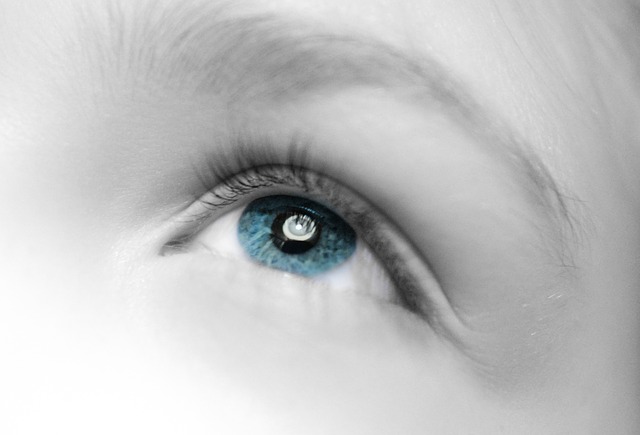In the previous post, I offered a meditation on shame and in the process, mentioned an article by Dr. Mary C. Lamia with the title, Shame: A Concealed, Contagious and Dangerous Emotion. In the current post, I would like to explore Mary’s ideas about shame as a “concealed emotion” and relate them to my own experience and my earlier blog posts.
Shame: A concealed emotion
Mary explains in her article that shame, unlike guilt, does not differentiate between yourself and your actions. With a sense of guilt, you are more able to separate the wrongful behaviour from you as a person. With shame, however, the tendency is to view your whole self as “bad”, thus leading to a very strong desire to hide yourself through withdrawal or to mask your uncomfortable feelings of unworthiness through addiction to something that you experience as pleasurable.
The shame response can be triggered by many different self-perceptions, e.g. viewing yourself as not “measuring up” in a work or team environment, judging yourself as lacking the intelligence or creativity of your peers or colleagues, considering yourself to have deviated markedly from your “ideal self” or being very conscious that you are overweight and might be judged negatively (when “everyone else” around you is slim and/0r athletic). Your sense of shame can increase as you accumulate adverse experiences and related negative self-evaluations – thus leading to a collection of shameful memories.
Shame can trigger a fight or flight response because you perceive that your sense of self is threatened. You can bury this uncomfortable emotion which may, in turn, becomes manifest in your body in the form of tension or pain (flight). Alternatively, you can hide your own depleted sense of self by projecting your shame onto others (fight). For example, you could manipulate a partner to diminish their self-esteem so that you do not have to face up to your own unwanted sense of unworthiness.
Mary explains, for example, that a narcissist could attack others through blaming and shaming them to conceal their own sense of shame deriving from their “devalued sense of self”. Related to this behaviour, is the narcissist’s tendency to project an inflated view of themselves that they use as a “measuring stick” to devalue the skills, knowledge, feelings and contribution of others.
So, concealment of shame is not only about burying the sense of shame deep within ourselves, but may also involve painstaking attempts to conceal our shame from others through projection.
As we grow in mindfulness through various forms of meditation such as a meditation on shame or a body scan meditation, we can develop self-awareness and identify the things that we feel ashamed about and learn to reduce the negative impact of this concealed emotion on our life and our interactions with others.
____________________________________________
Image source: courtesy of Skitterphoto on Pixabay
By Ron Passfield – Copyright (Creative Commons license, Attribution–Non Commercial–No Derivatives)
Disclosure: If you purchase a product through this site, I may earn a commission which will help to pay for the site, the associated Meetup group and the resources to support the blog.






